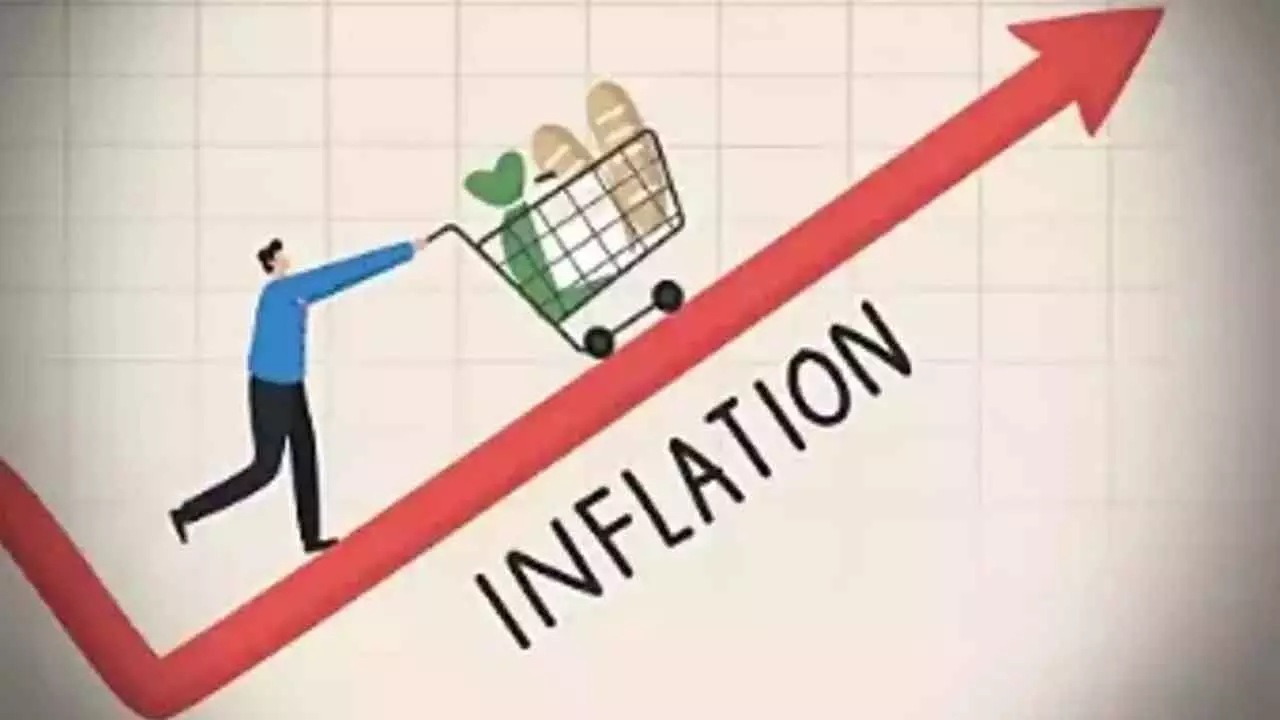First Rate-Cut In The Future May Be Based On Growth Not Inflation
First Rate-Cut In The Future May Be Based On Growth Not Inflation

In case inflation continues to surprise on the upside as was the case in September, with growth slightly doubling down on downside, the Reserve Bank of India (RBI) could adopt a neutral stance, albeit as a temporary measure. Thus, the first rate cut could be based on growth and not inflation-based. With the dissipation of the favourable base, CPI inflation surged to a nine-month high of 5.5 per cent in September from the 3.7 per cent recorded a month earlier. Meanwhile, inflation in the food and beverages sub-group had a sharp rise and touched 8.4 per cent from 5.3 per cent in the previous month. The surge was largely led by vegetable inflation, which rose to a 14-month high of 36 per cent. Excluding this, food and beverages inflation slumped to a 59-month low of 3.9 per cent in September. The core CPI inflation inched up to a nine-month high of 3.8 per cent in September, partly on account of an unfavourable base. Icra expects the food and beverages inflation to print above the eight per cent mark in October. Some vegetables witnessed a sharp increase in their retail prices in early October, including onion and tomatoes, which touched 11-month and 14-month highs, respectively.
Additionally, prices of edible oils also witnessed a sharp sequential increase in October, following an increase in customs duty in mid-September. While an abundant monsoon has reduced the risks related to food grains and some other crops, the volatility in vegetable prices, according to Ecowrap, is likely to persist. The substantial rebound in the CPI inflation print for September has appreciably dampened the possibility of the stance change in the October policy being followed up by a rate cut in the December meeting. For a rate cut to be forthcoming in the December policy review, either the CPI inflation will need to flatten considerably below five per cent in the next print or the GDP growth for Q2 will need to significantly undershoot MPC’s expectations.
Analysts find the elevated rural inflation, continuing to be higher than the urban inflation, as also widening of the gap between rural and urban inflation trends resulting in rural household prices being higher than urban counterparts has driven the overall inflation. The trajectory of inflation was decided by sharp rise in inflation of vegetables, which was on account of weather-related disruptions and seasonal factors. Apart from the food and beverages inflation, other components which contributed to higher inflation in rural areas are household goods and services and personal care and effects. Also, the share of imported inflation in the overall inflation has risen, by registering a growth of two per cent in September, which is the highest reading in over 13 months. Gold prices, oils and fats and chemical products are the major contributors to such imported inflation. As things stand, it seems like the inflation number may remain somewhat sketchy in the coming months.

